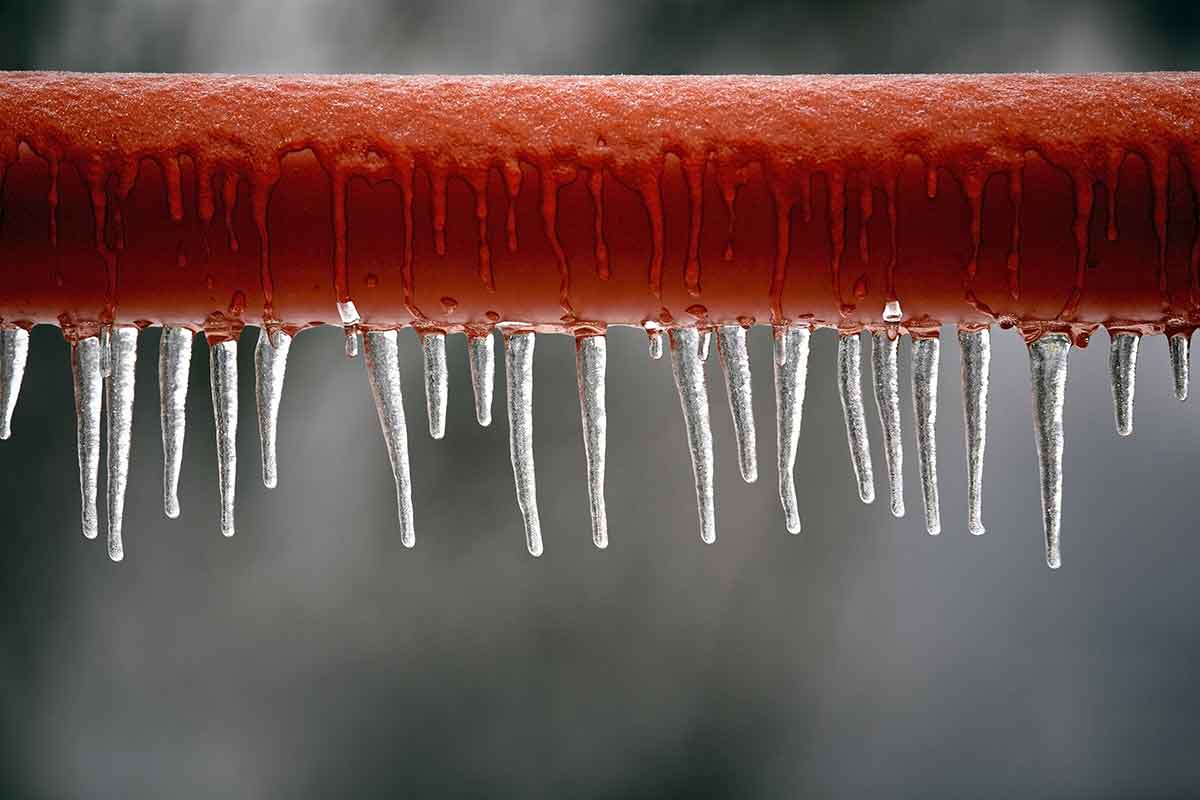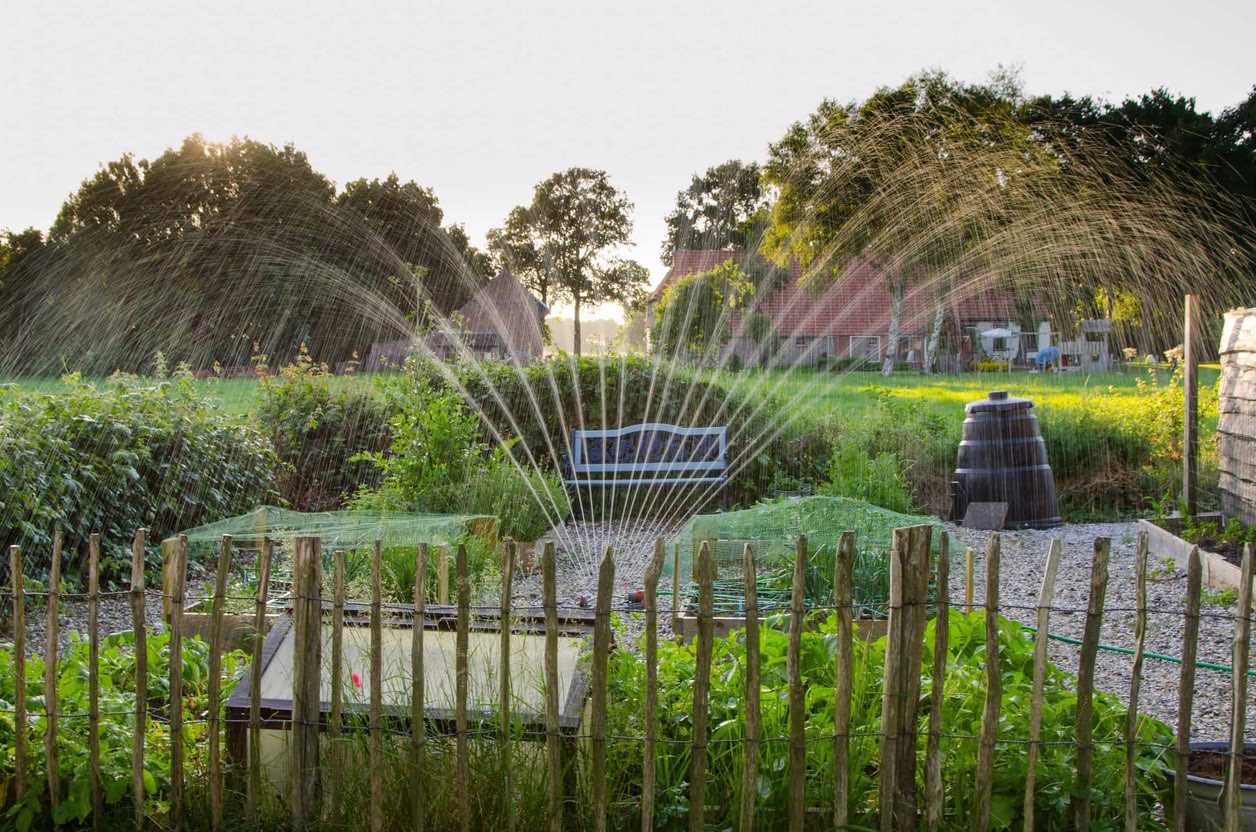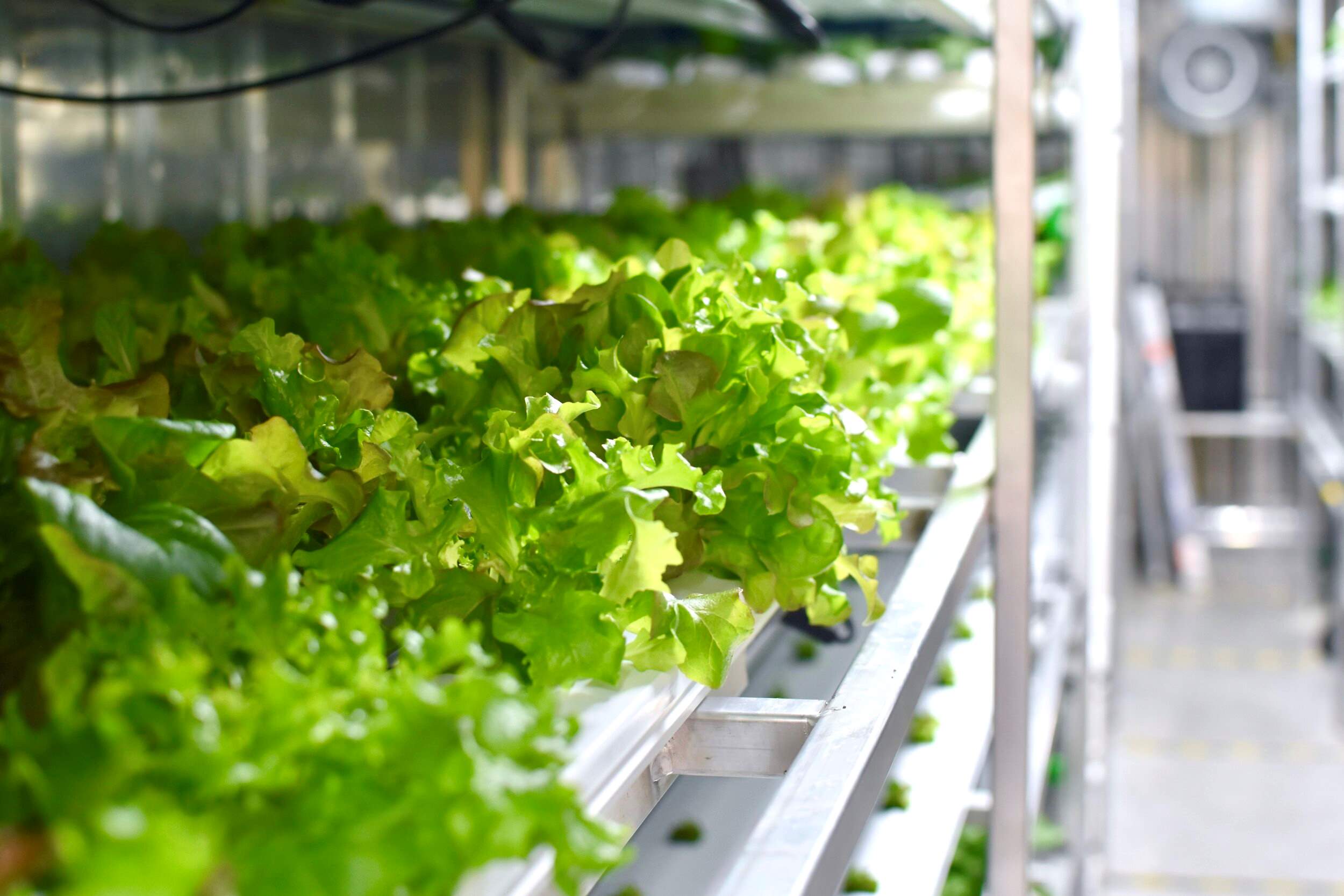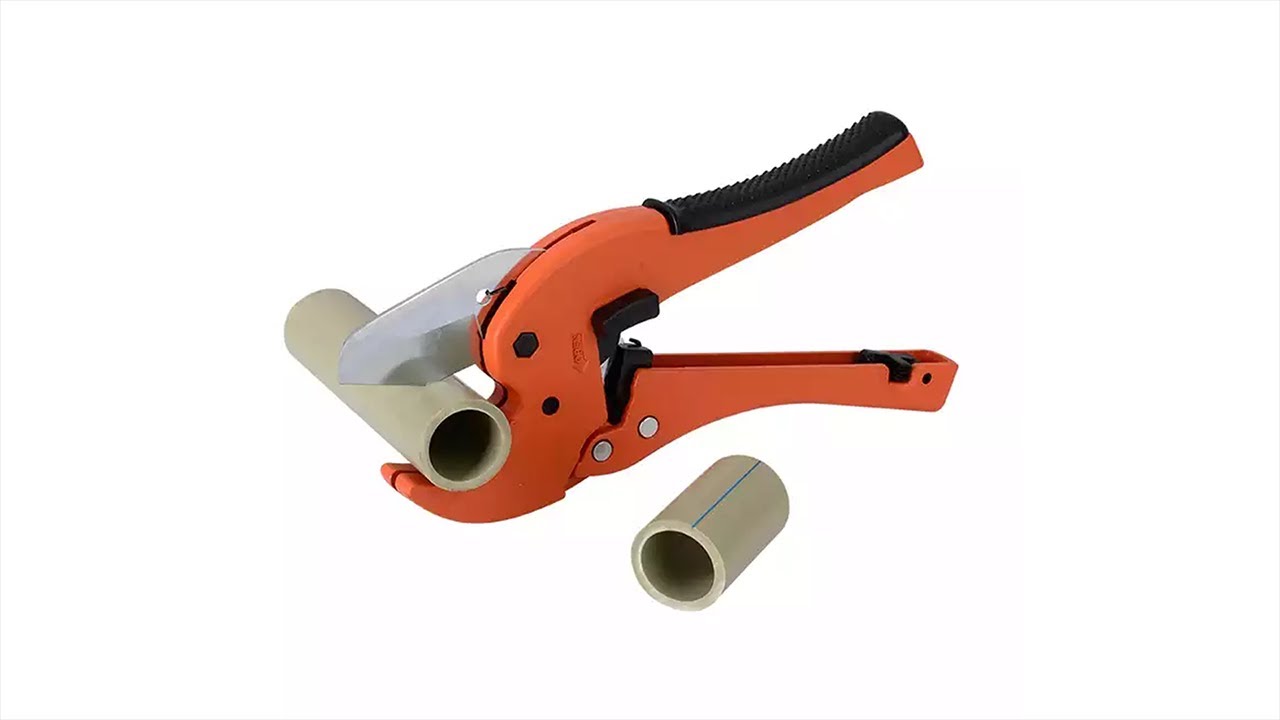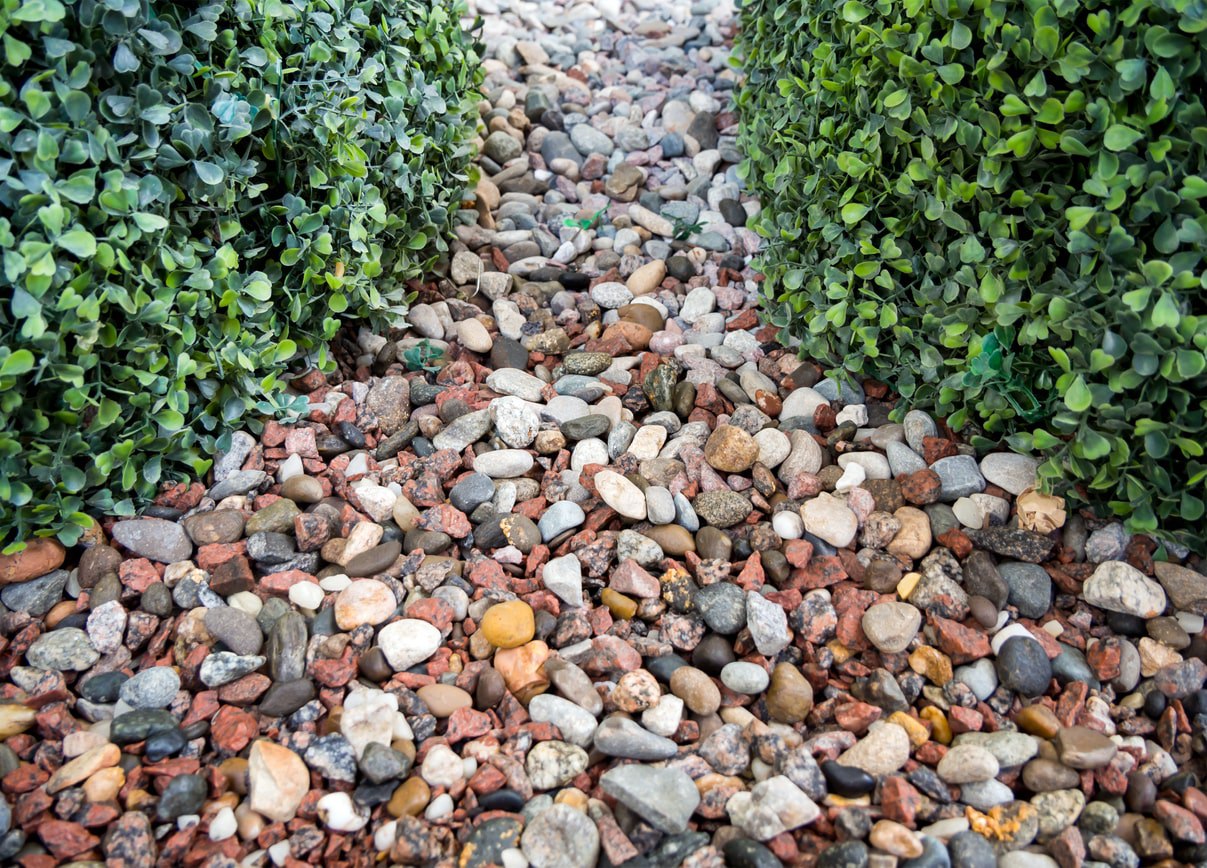Home>Gardening Basics>Tools and Equipment>What Size Pipe You Need For Irrigation
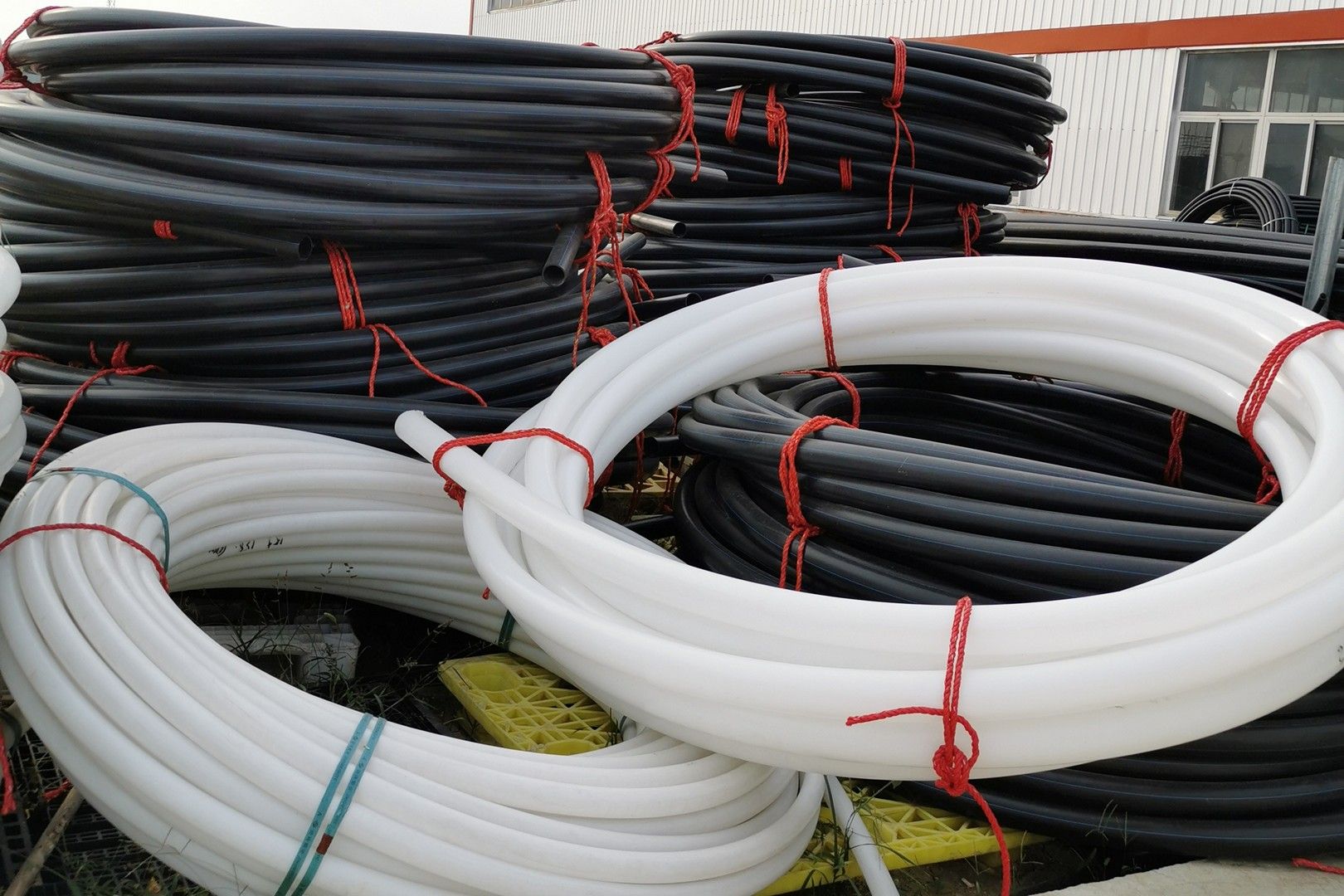

Tools and Equipment
What Size Pipe You Need For Irrigation
Modified: January 22, 2024
Looking for the right pipe size for your irrigation needs? Find the perfect tools and equipment for your project with our helpful guide on pipe sizing.
(Many of the links in this article redirect to a specific reviewed product. Your purchase of these products through affiliate links helps to generate commission for Chicagolandgardening.com, at no extra cost. Learn more)
Table of Contents
Introduction
Welcome to our comprehensive guide on selecting the right pipe size for irrigation systems. Whether you’re a professional landscaper, a gardening enthusiast, or a farmer, having the correct pipe size is crucial for efficient and effective irrigation. By choosing the proper pipe size, you can ensure adequate water flow, minimize pressure losses, and optimize the performance of your irrigation system.
When it comes to irrigation, one size does not fit all. The pipe size you need will depend on various factors, such as the type of irrigation system you’re using, the flow rate required, and the distance between the water source and the irrigation area. Additionally, the choice of pipe material will also impact the suitability and durability of your irrigation system.
In this guide, we’ll explore the factors you need to consider when selecting a pipe size, the different pipe materials available, and provide guidelines to help you determine the appropriate pipe size for your irrigation needs. Whether you’re installing a sprinkler system for your lawn, a drip irrigation system for your garden, or a complex agricultural irrigation system, this guide will help simplify the process and ensure optimal results.
So, let’s dive in and discover how to choose the right pipe size for your irrigation system!
Factors to Consider
Choosing the correct pipe size for your irrigation system involves considering several important factors:
- Flow Rate: The flow rate is the amount of water you need to deliver to the irrigation area within a specific period. It is measured in gallons per minute (GPM) or liters per second (L/s). Assessing the flow rate is crucial in determining the pipe size, as too small of a pipe can result in decreased flow and inefficient irrigation.
- Pressure Loss: Pressure loss occurs as water flows through the pipe due to friction with the pipe walls. It is essential to minimize pressure losses to ensure sufficient water reaches each section of your irrigation system. By selecting the right pipe size, you can optimize water flow and reduce pressure loss.
- Distance: The distance between the water source and the farthest point of your irrigation system affects the required pipe size. Longer distances require larger pipe sizes to maintain adequate water flow and pressure throughout the system.
- Number of Outlets: The number of sprinklers, nozzles, or emitters in your irrigation system also influences the pipe size. More outlets require higher flow rates, necessitating larger pipe diameters to accommodate the increased water demand.
- Water Source: The type of water source you’re using, whether it is from a well, a municipal supply, or a natural body of water, can impact the pipe size selection. Different water sources may have varying pressure levels, flow rates, or water quality, all of which must be taken into account when determining the pipe size.
- Future Expansion: Consider any potential future expansion or additions to your irrigation system. It is advisable to choose a slightly larger pipe size if you anticipate future upgrades or extensions, saving you the hassle and cost of retrofitting the system later on.
By carefully considering these factors, you can make an informed decision when selecting the appropriate pipe size for your irrigation system. Understanding the unique requirements of your irrigation setup will help ensure optimal water distribution, minimize any inefficiencies, and maximize the effectiveness of your irrigation efforts.
Pipe Material Options
When it comes to choosing the right pipe material for your irrigation system, there are several options available. Each material has its own unique set of characteristics, advantages, and limitations:
- Polyvinyl Chloride (PVC): PVC pipes are widely used in irrigation systems due to their affordability, versatility, and durability. PVC pipes are lightweight, corrosion-resistant, and easy to install. They come in various sizes and are suitable for both underground and above-ground applications.
- Polyethylene (PE): PE pipes are known for their flexibility and high resistance to chemicals, UV radiation, and weather conditions. They have a smooth inner surface that minimizes friction, resulting in improved water flow. PE pipes are commonly used in agricultural and landscape irrigation systems.
- Polypropylene (PP): PP pipes are popular for their excellent chemical resistance and long lifespan. They are suitable for both cold and hot water applications, making them a versatile choice for irrigation systems that require higher temperature tolerance.
- Galvanized Steel: Galvanized steel pipes offer exceptional strength and durability. They are suitable for high-pressure applications and can withstand harsh environmental conditions. However, they are more expensive than plastic pipes and may require additional anti-corrosion coatings.
- Copper: Copper pipes are known for their excellent corrosion resistance and long lifespan. They are often used in smaller-scale irrigation systems due to their higher cost. Copper pipes are suitable for both above-ground and buried installations.
When selecting the pipe material, consider factors such as the application, budget, environmental conditions, and the expected lifespan of your irrigation system. It’s also crucial to ensure compatibility between the chosen pipe material and the fittings and connectors that will be used in your specific irrigation setup.
Remember, each pipe material has its advantages and limitations, so make an informed decision based on your specific requirements and the conditions of your irrigation system. By selecting the appropriate pipe material, you can ensure the longevity, efficiency, and effectiveness of your irrigation system for years to come.
Pipe Sizing Guidelines
Determining the correct pipe size for your irrigation system is essential to ensure optimal water flow and pressure. Here are some guidelines to help you with pipe sizing:
- Calculate the Total Flow Rate: Start by calculating the total flow rate required for your irrigation system. This can be determined by adding up the flow rates of all the sprinklers, emitters, or nozzles in your system. Make sure to consider any future expansions or additions when calculating the flow rate.
- Consider the Maximum Allowed Pressure Loss: Determine the maximum allowable pressure loss for your irrigation system. This is usually specified by the manufacturer of the sprinklers or emitters and is expressed as a percentage or a specific pressure value.
- Account for Friction Loss: Friction loss occurs as water flows through the pipe due to the friction between the water and the pipe walls. Consider the length of the pipe and the pipe material to calculate the friction loss. Consult friction loss charts provided by manufacturers or use online calculators to determine the appropriate pipe size.
- Account for Elevation Changes: If your irrigation system includes elevation changes, such as uphill or downhill sections, factor in the pressure changes that occur due to these variations. This will impact the required pipe size to maintain adequate pressure throughout the system.
- Consult Pipe Sizing Charts: Pipe manufacturers provide sizing charts that correlate the flow rate and pressure loss with the recommended pipe size. These charts can guide you in selecting the appropriate pipe diameter based on the specifics of your irrigation system.
- Consider Local Regulations: Check local regulations and building codes as they may have specific requirements for pipe sizing in irrigation systems. Adhering to these regulations ensures compliance and may prevent any potential issues in the future.
Remember, these guidelines are general recommendations, and it’s always beneficial to consult with irrigation professionals or seek advice from pipe manufacturers for more specific guidance based on your unique irrigation system requirements. By following these guidelines and considering the various factors involved, you can select the right pipe size to optimize water flow and pressure in your irrigation system.
Types of Irrigation Systems
Irrigation systems can vary in design and application, and the type of system you choose will impact the pipe sizing requirements. Here are some common types of irrigation systems:
- Sprinkler Irrigation: Sprinkler irrigation systems use sprinkler heads to distribute water over the desired area. There are different types of sprinkler systems, including fixed spray, rotary, and impact sprinklers. The pipe size for a sprinkler system will depend on factors such as the flow rate, sprinkler spacing, and required water coverage.
- Drip Irrigation: Drip irrigation systems deliver water directly to the plant roots, minimizing water wastage and improving efficiency. These systems utilize tubing with emitters to distribute water. The pipe size for a drip irrigation system will depend on the total flow rate, number of emitters, and the spacing between them.
- Micro-sprinkler Irrigation: Micro-sprinkler systems are similar to sprinkler irrigation but use smaller and more targeted sprayers. These systems are commonly used in gardens, greenhouses, and specific plant beds. The pipe size for micro-sprinkler systems will depend on the flow rate, number of emitters, and the desired water spray diameter.
- Subsurface Irrigation: Subsurface irrigation systems involve burying irrigation lines or dripline tubing below the surface of the soil. This method reduces evaporation losses and provides water directly to the root zone. The pipe size for subsurface irrigation will depend on the flow rate, emitter spacing, and the desired water distribution pattern.
- Center Pivot Irrigation: Center pivot systems consist of a central pivot point from which multiple sprinklers are suspended. These systems are commonly used in large-scale agricultural operations. The pipe size for a center pivot irrigation system will depend on the flow rate, sprinkler spacing, and the length of the pivot arm.
These are just a few examples of the many types of irrigation systems available. Each system has its own unique water distribution method and requirements. It’s important to consider the specific characteristics of your chosen irrigation system when selecting the appropriate pipe size to ensure efficient water delivery and maximum system performance.
Selecting the Right Pipe Size
Choosing the right pipe size for your irrigation system is crucial to ensure efficient water distribution and optimal system performance. Here are the key steps to help you select the appropriate pipe size:
- Determine the flow rate: Calculate the total flow rate required for your irrigation system by adding up the flow rates of all the sprinklers, emitters, or nozzles. Consider any future expansions or additions to ensure adequate water supply for your irrigation needs.
- Evaluate pressure loss: Determine the maximum allowable pressure loss for your irrigation system. This information is usually provided by the manufacturer of the sprinklers or emitters. Keep in mind that pressure loss occurs as water flows through the pipe, so it’s crucial to select a pipe size that minimizes friction and maintains the required pressure throughout the system.
- Consider elevation changes: If your irrigation system includes elevation changes, take into account the pressure changes that occur due to these variations. Select a pipe size that can compensate for these pressure changes to ensure consistent water distribution.
- Consult pipe sizing charts: Pipe manufacturers provide sizing charts that correlate flow rate, pressure loss, and recommended pipe diameters. Use these charts as a guide to select the appropriate pipe size for your specific irrigation system. Ensure the chosen pipe size meets both the flow rate and pressure loss requirements.
- Consider pipe material: Take into account the pipe material options discussed earlier in this guide. Consider the advantages, limitations, and compatibility of each material with your irrigation system requirements. Different pipe materials may have specific sizing guidelines, so consult the manufacturer’s recommendations for the chosen material.
- Seek professional advice: If you’re unsure about the best pipe size for your irrigation system or if you have a larger or more complex system, it’s recommended to consult with irrigation professionals or engineers. They can provide expert guidance and ensure your system is properly sized for optimal performance.
By following these steps and considering the various factors discussed, you can select the right pipe size for your irrigation system. It’s essential to pay attention to the flow rate, pressure loss, elevation changes, and other system requirements to achieve efficient water distribution and maximize the effectiveness of your irrigation efforts.
Conclusion
Choosing the right pipe size for your irrigation system is a critical step in ensuring efficient water distribution and optimal performance. By considering factors such as flow rate, pressure loss, distance, and the type of irrigation system you’re using, you can determine the appropriate pipe size to meet your specific needs. Additionally, selecting the right pipe material is essential for durability and compatibility with your irrigation system.
Remember to calculate the total flow rate required for your system, account for pressure losses due to friction, and consider elevation changes and future expansion possibilities. Consulting pipe sizing charts and seeking professional advice can further assist in selecting the correct pipe size.
Whether you’re installing a sprinkler system, drip irrigation system, or any other type of irrigation system, ensuring the proper pipe size will promote efficient water usage, reduce potential water waste, and ultimately lead to healthier plants and landscapes.
Take the time to research and understand the specific requirements of your irrigation system, including the type of system, the flow rate, pressure loss limitations, and pipe material options. By doing so, you can make informed decisions that will result in an effective and long-lasting irrigation system.
Remember that proper pipe sizing is just one aspect of creating an efficient irrigation system. Regular maintenance, monitoring water usage, and adjusting the system as needed will also contribute to the overall success of your irrigation efforts.
So, go ahead and confidently select the right pipe size for your irrigation system, and enjoy the benefits of a well-designed and properly-functioning system that keeps your plants healthy and thriving.

